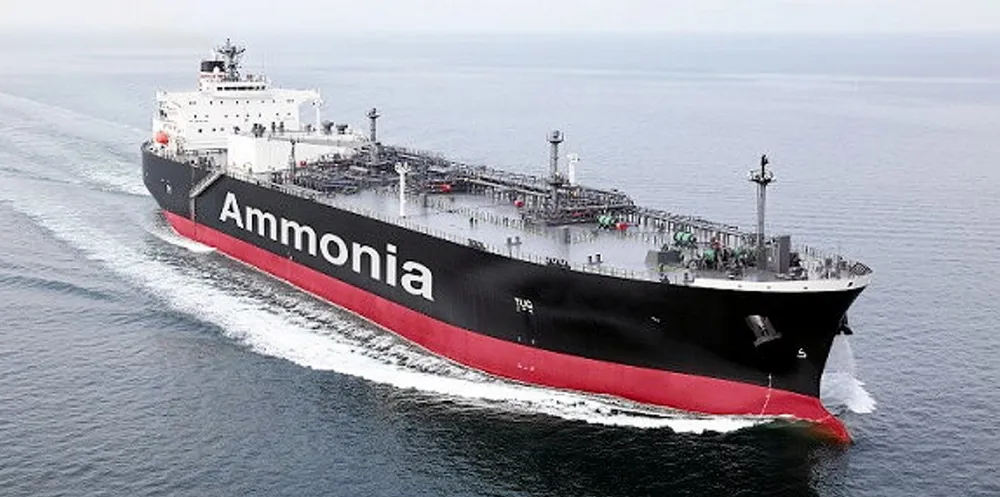Commoditising hydrogen | International trading of green ammonia could begin as soon as 2025: Trafigura
Pure H2 unlikely to become a tradeable commodity due to lower expected volumes, says global player

Pure H2 unlikely to become a tradeable commodity due to lower expected volumes, says global player
